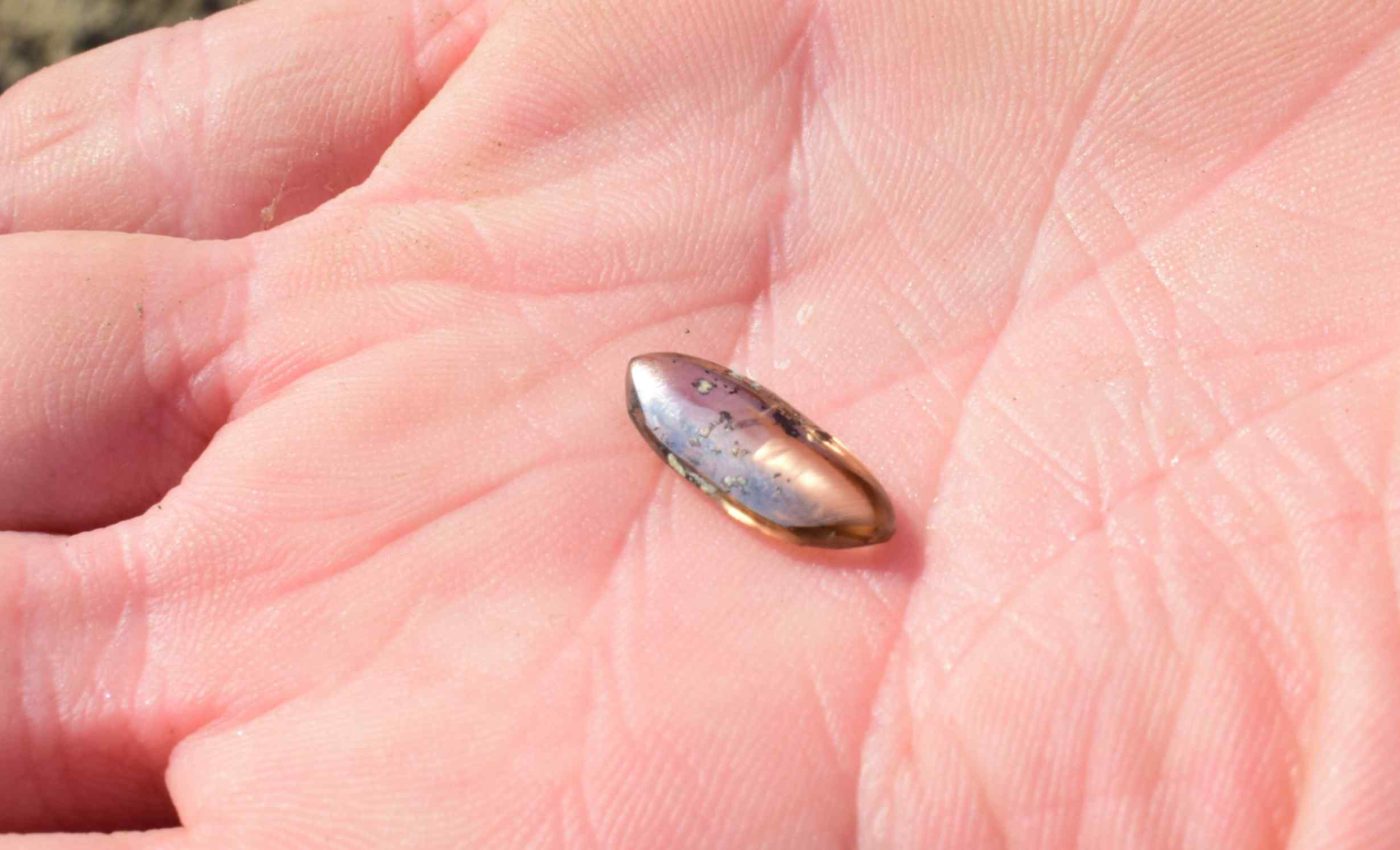
Family finds 2.79-carat diamond using tools purchased at a dollar store
On September 13, in southwest Arkansas, an Oklahoma family picked up a 2.79 carat brown diamond at Crater of Diamonds State Park. The stone was found in a public field that anyone can search with simple screens and buckets.
They were in town for a nephew’s birthday and took a detour to the Park’s search area. Staff later confirmed the rough stone’s identity and logged the find.
Brown birthday diamond
Arkansas State Parks manages the search field and keeps official records of every registered diamond found at Crater of Diamonds State Park. Staff help visitors confirm discoveries at the Diamond Discovery Center.
“I honestly thought it was too big to be a diamond!” said Raynae Madison. The family named the gem the William Diamond in honor of her nephew.
The search took place near the Prospector Trailhead on the north side of the field. The family had brought discount store digging screens and a beach kit.
After a few buckets of soil, they spotted an oblong, shiny stone in their sifting screen. Park staff described the diamond as chocolate brown and noted its internal features.
What turns a diamond brown
Most mined diamonds show at least a trace of brown due to plastic deformation, which is lasting internal strain from high heat and stress, deep underground. That strain can range from barely visible to strong brown color, according to research from GIA, the Gemological Institute of Ameria.
In many stones, tiny vacancy clusters absorb visible light and shift the color toward brown. Gemologists often see banding or graining linked to this deformation.
The color concentrates along slip or glide planes created during the diamond’s long history. Some diamonds show little color, even when strain features are present.
Brown diamond has unique inclusions
A detailed GIA review notes that brown, pink, and related hues can arise from deformation linked defects. The differences depend on which defects dominate and how they are distributed.
Park staff said this stone has unique inclusion – natural internal features – that help identify its growth and travel history. Inclusions can be mineral grains or small cavities that formed with the host crystal.
Brown diamonds like this one can be quite durable. The color comes from structure, not a coating, and remains after cutting and polishing.
Why Arkansas has diamonds at all
The park sits on the Prairie Creek volcanic pipe, part of an explosive Cretaceous system that brought deep mantle rocks to the surface. The Arkansas Geological Survey outlines the site’s geology and its long erosion history.
Geologists classify the host rock as lamproite, a mantle-derived volcanic rock that can carry diamonds to the surface. At Prairie Creek, explosive eruptions opened a pipe that later filled with volcanic fragments and ash. Over time, erosion exposed weathered layers at today’s ground surface.
The pipe structure is called a diatreme. It is a breccia-filled volcanic vent and it preserves a record of the eruption. Weathered lamproite tuffs in the upper pipe are the source of the park’s soil, where visitors search.
Only a small fraction of the mantle’s diamonds reach the surface without breaking. Those that do, survive weathering and concentrate in the upper, softer layers of the pipe.
That geology explains why the search area can be plowed to help expose fresh material. It also explains why small, rounded, rough crystals often turn up after heavy rain.
How the park makes finding possible
Crater of Diamonds operates a finders keepers policy in a 37.5 acre plowed field. Visitors can search and keep what they find. The official park page details rules, access, and on-site identification.
Visitors usually try one of three methods: surface searching, dry sifting, or wet sifting. Each method aims to separate denser gravel from lighter clay and sand.
Simple tools work because diamonds have high luster and stand out in the screen. Trained staff examine suspected stones and register verified finds at the discovery center.
The area is plowed periodically , when weather allows, and this can turn up fresh material from the upper soil. Rains can rinse clay from gravel, improving visibility on sunny days.
A find like this brown diamond often comes from patience and steady technique. Many visitors go home without a diamond, but methodical sifting raises the odds.
What this brown diamond really tells us
A 2.79 carat rough stone is sizable for a public search field. The mass in “carats” reflects a gem weight unit that is equal to 0.2 grams.
Color and clarity vary widely in natural, rough stones. Brown diamonds may show strain patterns and features that guide cutters on how to orient the gem.
Not every rough diamond yields a large polished stone. Cutters lose weight when shaping, and they aim to balance size, clarity, and color.
Finds like this one highlight the park’s unusual access to a primary diamond source. Most diamond hunting sites are off limits to the public for safety and mining reasons.
Brown diamond brings history to the surface
The Arkansas field is a scientific window as well as a tourist draw. Every registered stone carries a small piece of Earth’s deep history to the surface.
It also reminds us that structure, not just chemistry, sets a gem’s look. Deformation-related defects are part of the diamond’s story, and they can add character.
The family’s approach, inexpensive screens and persistence, matches how many visitors search the field. Training the eye to spot luster and shape matters as much as the tools used.
Brown color does not make a diamond any less of a diamond. It reveals the forces the crystal experienced on its way from the mantle to a plowed Arkansas field.
Information from a press release by the Arkansas State Parks.
—–
Like what you read? Subscribe to our newsletter for engaging articles, exclusive content, and the latest updates.
Check us out on EarthSnap, a free app brought to you by Eric Ralls and Earth.com.
—–













